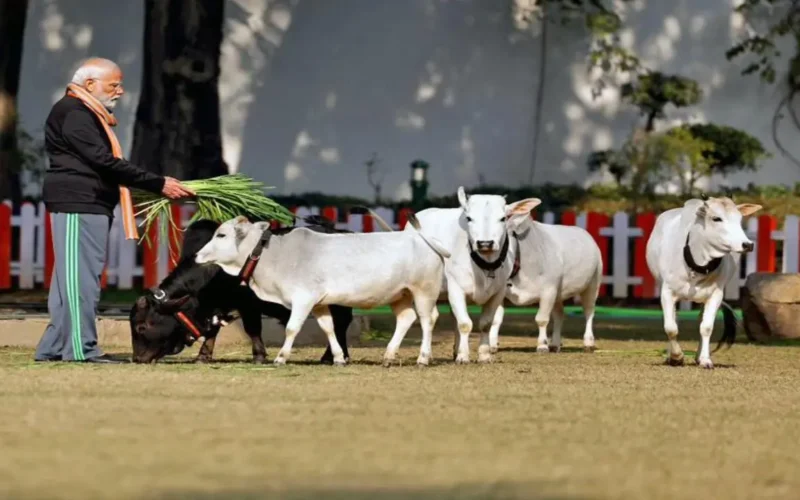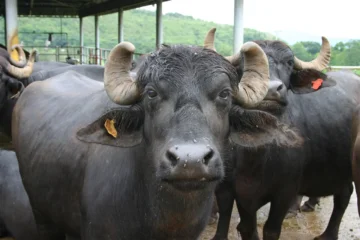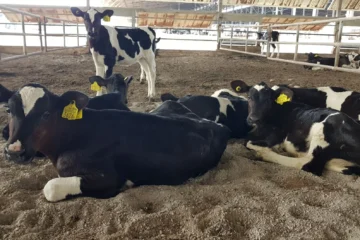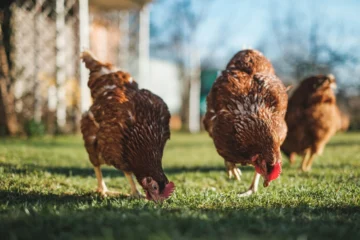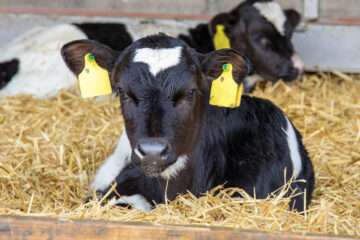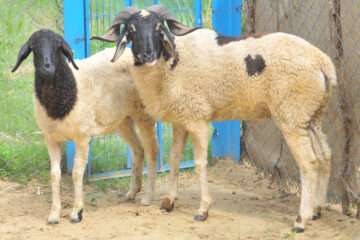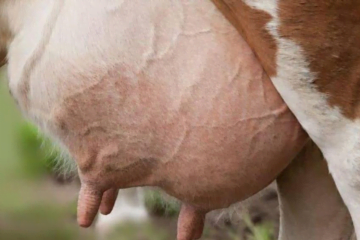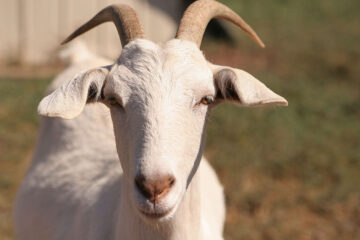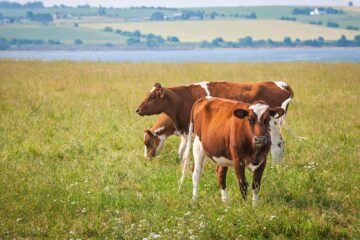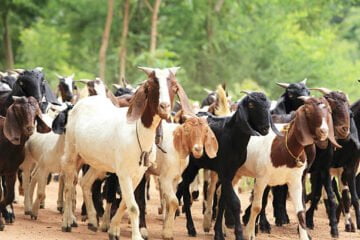Published in: September 2018 Issue
The role of indigenous cattle in reviving traditional farming practices is significant. These cattle not only assist in agriculture by consuming minimal feed but also provide milk. The milk of indigenous cattle has a unique taste compared to that of hybrid cows, and the yogurt, buttermilk, and ghee produced from it are distinct in flavor as well.
Just as Tamil Nadu has its traditional breeds like Kangeyam, Umbalachery, Pulikulam, Manapparai, and Bargur, Andhra Pradesh is known for breeds like Punganur and Ongole. However, the Punganur dwarf cattle are dwindling in numbers. This breed is considered the smallest in the world and is primarily found in the border districts between Tamil Nadu and Andhra Pradesh.
India is home to 32 cattle breeds, of which four are dwarf varieties. Similar to Kerala’s Vechur, Malanadu Gidda, and Kasaragod dwarf breeds, Punganur cattle are also small in stature. These cows typically stand 70-90 cm tall and weigh around 110-120 kg. They require only 5 kg of feed per day.
The cattle come in colors like white, brown, black, and grey. Their milk has low fat but is rich in protein, making it ideal for people who drink tea, coffee, or milk two to three times a day. Around 30 years ago, these cattle were more widespread. However, as many people rem
ain unaware of the special qualities of indigenous cattle, their numbers are gradually decreasing.
Punganur bulls can also be used for farming. However, with the mechanization of agriculture, the demand for these bulls has reduced. For dairy purposes, these cows can thrive on green grass, maize stalks, dry straw, and water mixed with bran, producing two to three liters of milk per session. Additionally, they are easy to manage, with no issues in mating, making them ideal for people with disabilities, women, and the elderly to rear. Their dung can also be used as natural fertilizer, reducing expenses.
In Chittoor district’s Palamaner livestock farm, Punganur bulls and cows are bred, and artificial insemination is available there. However, due to the misconception that indigenous cows produce less milk, many hesitate to rear them. While hybrid cows yield more milk, they are often prone to diseases, leading to higher medical expenses.
India has over 30 cattle breeds and more than 40 goat breeds, each adapted to local climate conditions. The traits of these animals vary accordingly. Artificial insemination for Tamil Nadu breeds like Kangeyam, Pulikulam, Umbalachery, and Bargur is available in government veterinary hospitals in respective regions.
By rearing breeds suited to specific regions, there are fewer risks of disease, infertility, or complications during calving. To preserve our cattle breeds from extinction, each household should rear at least one native cow. This would help revive our heritage farming practice of natural agriculture.
Dr. G. Kalaichelvi and Dr. K. Vijayarani, Veterinary College, Vepery, Chennai-07

